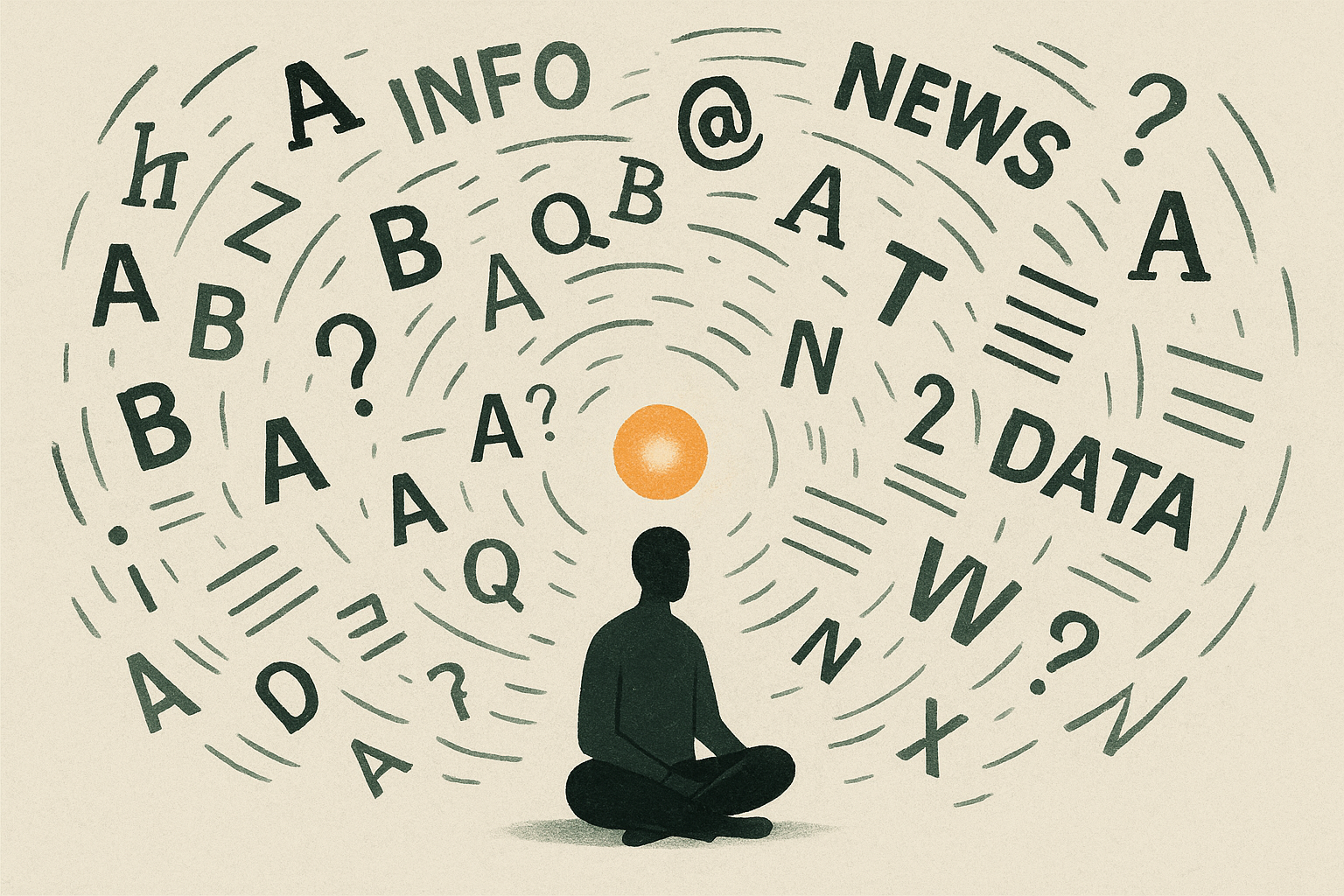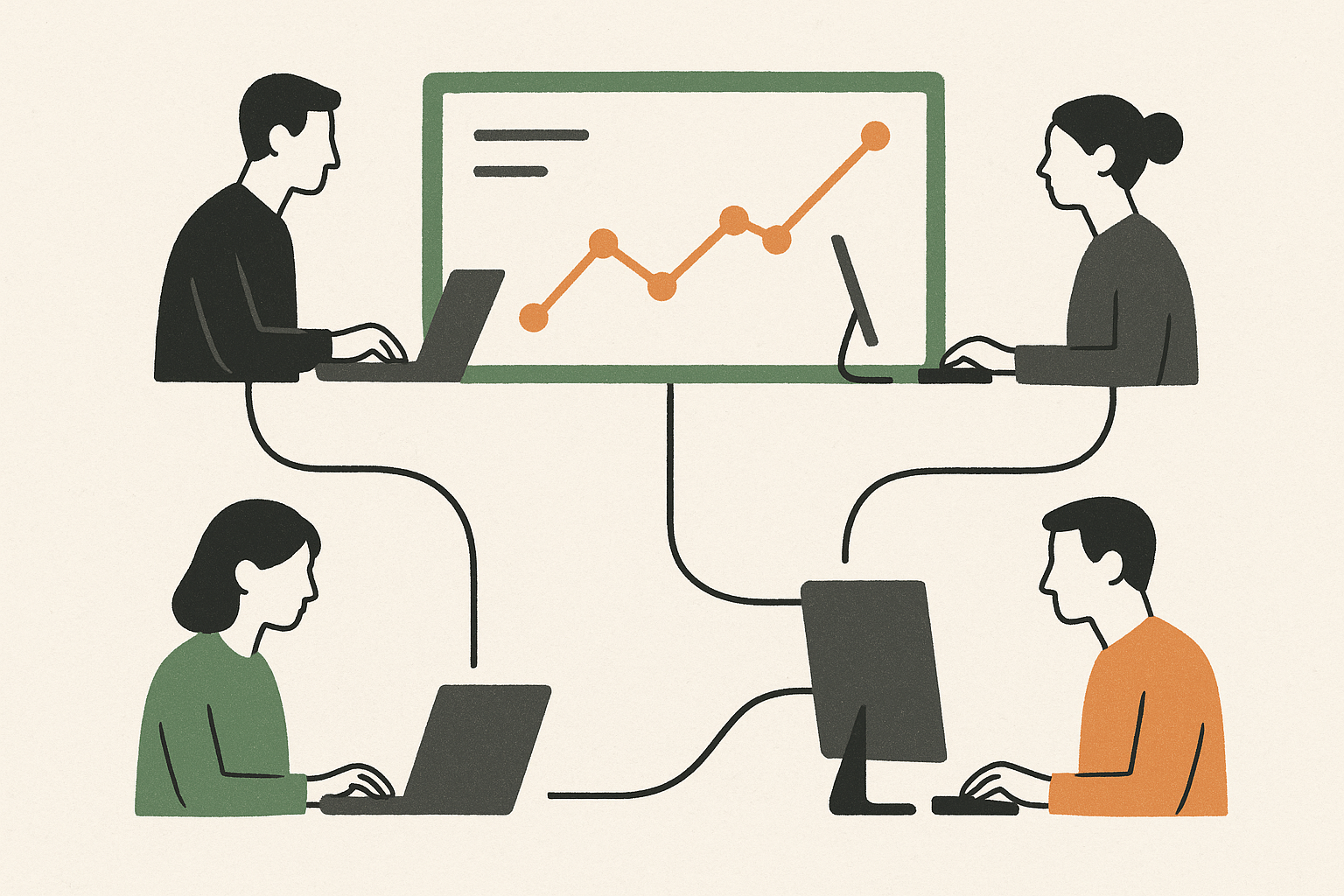When you are scanning hundreds of sources, from news sites and academic papers to patents and blogs, it is easy to feel overwhelmed. Some findings appear promising but later prove irrelevant, while others at first glance seem trivial only to evolve into game-changing insights. The central challenge is this: how do you know whether something is a true weak signal or just background noise?
This distinction is one of the toughest in foresight work. Weak signals are elusive by nature, while noise is abundant and distracting. Yet learning to tell them apart is essential to avoid wasted effort and to recognize emerging opportunities before competitors do. In this article, we answer the question directly and share practical ways to separate meaningful weak signals from everyday noise.
What is a weak signal, and how does it differ from noise?
A weak signal is an early indicator of potential change. It is typically incomplete, ambiguous, and not widely recognized, but it points toward a shift that could grow into a trend or even a disruption. For example, a handful of startups experimenting with lab-grown textiles might not seem important today, but in foresight terms it is a signal worth watching.
Noise, on the other hand, refers to information that appears new but lacks relevance or staying power. This could be a one-off viral meme or an isolated event with no connection to broader developments. Noise may look interesting in the moment, but it rarely leads to meaningful strategic insights.
The key difference lies in potential: weak signals hint at future significance, while noise does not.
Why does distinguishing them matter for foresight work?
Failing to recognize weak signals can mean missing the earliest clues about disruptive changes. By the time those signals strengthen into obvious trends, competitors may already be ahead. Conversely, chasing noise wastes time, diverts resources, and creates false confidence in issues that ultimately do not matter.
For foresight managers, innovation leaders, and strategy teams, the ability to filter signals effectively determines the quality of their strategic insights. The stakes are high: distinguishing weak signals from noise can spell the difference between being prepared for change and being blindsided by it.
How can you tell if something is a weak signal?
There is no single test that separates weak signals from noise, but foresight professionals can use several lenses to evaluate what they are seeing:
- Novelty and relevance: Does the signal point to something genuinely new, and does it connect to your strategic domain?
- Patterns and connections: Does it resonate with other signals or trends you have observed, even faintly?
- Potential impact: Even if uncertain, could the development have significant consequences for your business or industry?
- Source credibility: Is the signal emerging from a credible actor, or does the source itself signal future direction?
- Context over time: Weak signals often become clearer when tracked and compared with other developments across months or years.
In practice, foresight professionals build portfolios of signals and revisit them periodically. What seems like noise today may gain meaning tomorrow once it aligns with other emerging patterns.
What methods and tools can help reduce noise?
Distinguishing weak signals from noise is easier when supported by structured processes and collaborative tools. Manual scanning has its place, but relying solely on individual judgment can introduce bias and inconsistency.
Many teams use structured foresight methods, such as horizon scanning frameworks, categorization systems, and collaborative validation across different functions. Bringing diverse perspectives together increases the likelihood of recognizing which signals matter.
Digital foresight platforms like FIBRES take this a step further. They allow teams to capture signals in one place, automatically categorize them, and identify connections between scattered pieces of information. By turning unstructured scanning into structured intelligence, platforms like FIBRES help foresight professionals cut through noise and focus on the signals that matter.
Conclusion
Separating weak signals from noise is one of the most important skills in foresight work. Weak signals are subtle hints of change that may eventually shape entire industries, while noise is the constant distraction of irrelevant information. Learning to recognize the difference requires a mix of judgment, structured processes, and the right tools.


